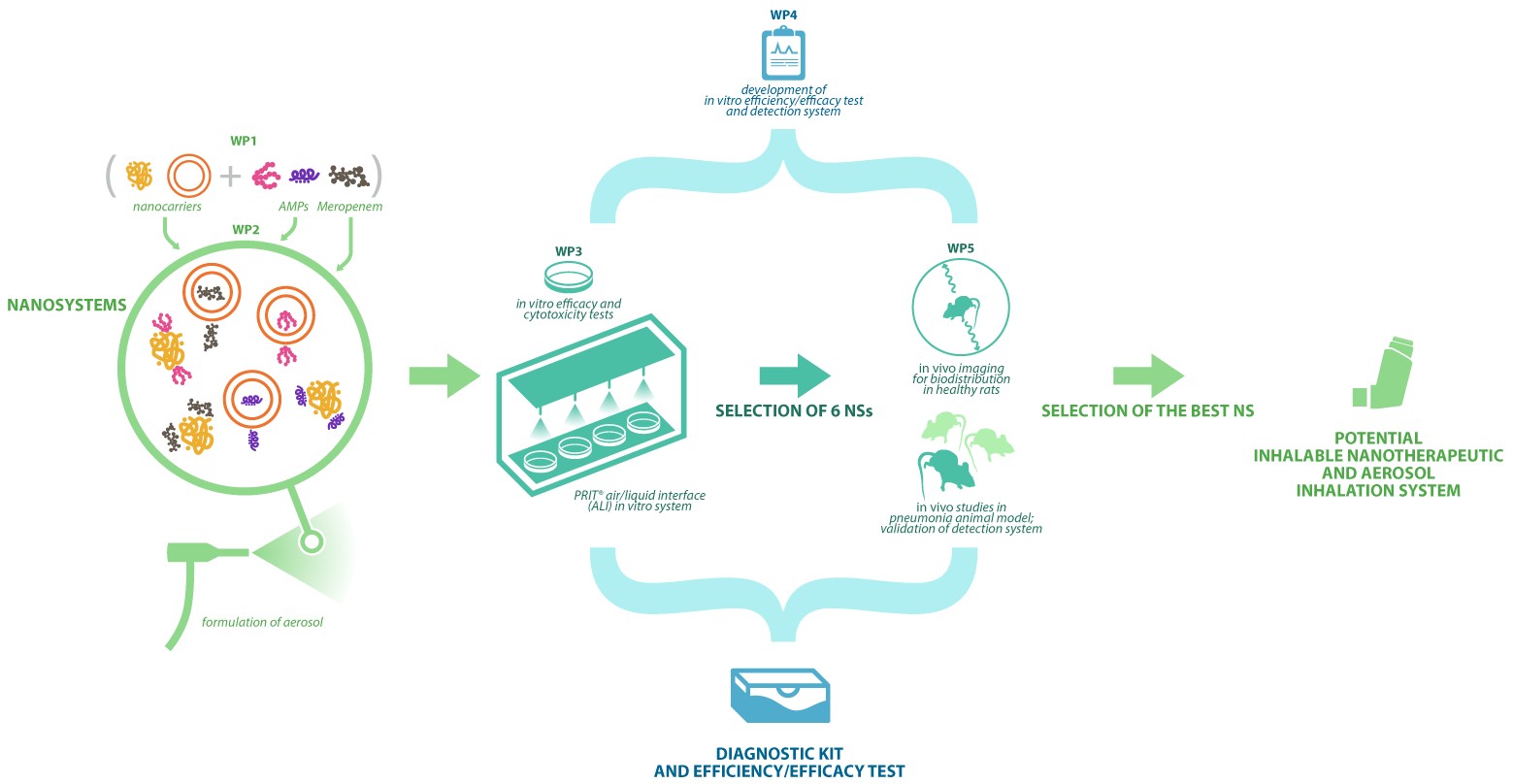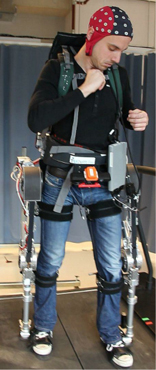I have two tidbits about PlasCarb the first being an announcement of its existence and the second an announcement of its recently published research. A Jan. 13, 2015 news item on Nanowerk describes the PlasCarb project (Note: A link has been removed),
The Centre for Process Innovation (CPI) is leading a European collaborative project that aims to transform food waste into a sustainable source of significant economic added value, namely graphene and renewable hydrogen.
The project titled PlasCarb will transform biogas generated by the anaerobic digestion of food waste using an innovative low energy microwave plasma process to split biogas (methane and carbon dioxide) into high value graphitic carbon and renewable hydrogen.
A Jan. 13, 2015 CPI press release, which originated the news item, describes the project and its organization in greater detail,
CPI as the coordinator of the project is responsible for the technical aspects in the separation of biogas into methane and carbon dioxide, and separating of the graphitic carbon produced from the renewable hydrogen. The infrastructure at CPI allows for the microwave plasma process to be trialled and optimised at pilot production scale, with a future technology roadmap devised for commercial scale manufacturing.
Graphene is one of the most interesting inventions of modern times. Stronger than steel, yet light, the material conducts electricity and heat. It has been used for a wide variety of applications, from strengthening tennis rackets, spray on radiators, to building semiconductors, electric circuits and solar cells.
The sustainable creation of graphene and renewable hydrogen from food waste in provides a sustainable method towards dealing with food waste problem that the European Union faces. It is estimated that 90 million tonnes of food is wasted each year, a figure which could rise to approximately 126 million tonnes by 2020. In the UK alone, food waste equates to a financial loss to business of at least £5 billion per year.
Dr Keith Robson, Director of Formulation and Flexible Manufacturing at CPI said, “PlasCarb will provide an innovative solution to the problems associated with food waste, which is one of the biggest challenges that the European Union faces in the strive towards a low carbon economy. The project will not only seek to reduce food waste but also use new technological methods to turn it into renewable energy resources which themselves are of economic value, and all within a sustainable manner.”
PlasCarb will utilise quality research and specialist industrial process engineering to optimise the quality and economic value of the Graphene and hydrogen, further enhancing the sustainability of the process life cycle.
Graphitic carbon has been identified as one of Europe’s economically critical raw materials and of strategic performance in the development of future emerging technologies. The global market for graphite, either mined or synthetic is worth over €10 billion per annum. Hydrogen is already used in significant quantities by industry and recognised with great potential as a future transport fuel for a low carbon economy. The ability to produce renewable hydrogen also has added benefits as currently 95% of hydrogen is produced from fossil fuels. Moreover, it is currently projected that increasing demand of raw materials from fossil sources will lead to price volatility, accelerated environmental degradation and rising political tensions over resource access.
Therefore, the latter stages of the project will be dedicated to the market uptake of the PlasCarb process and the output products, through the development of an economically sustainable business strategy, a financial risk assessment of the project results and a flexible financial model that is able to act as a primary screen of economic viability. Based on this, an economic analysis of the process will be determined. Through the development of a decentralised business model for widespread trans-European implementation, the valorisation of food waste will have the potential to be undertaken for the benefit of local economies and employment. More specifically, three interrelated post project exploitation markets have been defined: food waste management, high value graphite and RH2 sales.
PlasCarb is a 3-year collaborative project, co-funded under the European Union’s Seventh Framework Programme (FP7) and will further reinforce Europe’s leading position in environmental technologies and innovation in high value Carbon. The consortium is composed of eight partners led by CPI from five European countries, whose complimentary research and industrial expertise will enable the required results to be successfully delivered. The project partners are; The Centre for Process Innovation (UK), GasPlas AS (NO), CNRS (FR), Fraunhofer IBP (DE), Uvasol Ltd (UK), GAP Waste Management (UK), Geonardo Ltd. (HU), Abalonyx AS (NO).
You can find PlasCarb here.
The second announcement can be found in a PlasCarb Jan. 14, 2015 press release announcing the publication of research on heterostructures of graphene ribbons,
Few materials have received as much attention from the scientific world or have raised so many hopes with a view to their potential deployment in new applications as graphene has. This is largely due to its superlative properties: it is the thinnest material in existence, almost transparent, the strongest, the stiffest and at the same time the most strechable, the best thermal conductor, the one with the highest intrinsic charge carrier mobility, plus many more fascinating features. Specifically, its electronic properties can vary enormously through its confinement inside nanostructured systems, for example. That is why ribbons or rows of graphene with nanometric widths are emerging as tremendously interesting electronic components. On the other hand, due to the great variability of electronic properties upon minimal changes in the structure of these nanoribbons, exact control on an atomic level is an indispensable requirement to make the most of all their potential.
The lithographic techniques used in conventional nanotechnology do not yet have such resolution and precision. In the year 2010, however, a way was found to synthesise nanoribbons with atomic precision by means of the so-called molecular self-assembly. Molecules designed for this purpose are deposited onto a surface in such a way that they react with each other and give rise to perfectly specified graphene nanoribbons by means of a highly reproducible process and without any other external mediation than heating to the required temperature. In 2013 a team of scientists from the University of Berkeley and the Centre for Materials Physics (CFM), a mixed CSIC (Spanish National Research Council) and UPV/EHU (University of the Basque Country) centre, extended this very concept to new molecules that were forming wider graphene nanoribbons and therefore with new electronic properties. This same group has now managed to go a step further by creating, through this self-assembly, heterostructures that blend segments of graphene nanoribbons of two different widths.
The forming of heterostructures with different materials has been a concept widely used in electronic engineering and has enabled huge advances to be made in conventional electronics. “We have now managed for the first time to form heterostructures of graphene nanoribbons modulating their width on a molecular level with atomic precision. What is more, their subsequent characterisation by means of scanning tunnelling microscopy and spectroscopy, complemented with first principles theoretical calculations, has shown that it gives rise to a system with very interesting electronic properties which include, for example, the creation of what are known as quantum wells,” pointed out the scientist Dimas de Oteyza, who has participated in this project. This work, the results of which are being published this very week in the journal Nature Nanotechnology, therefore constitutes a significant success towards the desired deployment of graphene in commercial electronic applications.
Here’s a link to and a citation for the paper,
Molecular bandgap engineering of bottom-up synthesized graphene nanoribbon heterojunctions by Yen-Chia Chen, Ting Cao, Chen Chen, Zahra Pedramrazi, Danny Haberer, Dimas G. de Oteyza, Felix R. Fischer, Steven G. Louie, & Michael F. Crommie. Nature Nanotechnology (2015) doi:10.1038/nnano.2014.307 Published online 12 January 2015
This article is behind a paywall but there is a free preview available via ReadCube access.


![Richard Walker (left), chief roboticist, and Dr Bertolt Meyer (right) at the Body Lab. On the table is an iWalk BiOM ankle. Photograph: Channel 4 [downloaded from http://www.guardian.co.uk/science/blog/2013/jan/30/build-bionic-man]](http://www.frogheart.ca/wp-content/uploads/2013/01/Bionic-man-Meyer-Walker.jpg)
![A television company asked Dr Bertolt Meyer – who has a prosthetic arm – to rebuild himself in bionic form. Photograph: Channel 4 [downloaded from http://www.guardian.co.uk/science/blog/2013/jan/30/build-bionic-man]](http://www.frogheart.ca/wp-content/uploads/2013/01/Bionic-man-Rex.jpg)